A description of this publication is not currently available.
Magazines
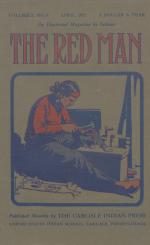
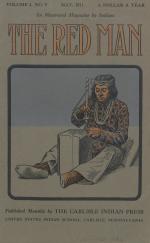
A description of this publication is not currently available.
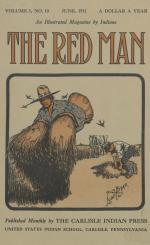
A description of this publication is not currently available.
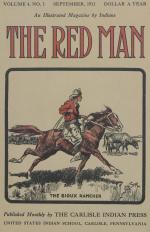
The upcoming Conference of the American Indian Association, held at the Ohio State University in Columbus from October 12-15th was discussed by F. A. McKenzie. He covered potential topics and encouraged Carlisle students to attend. F. G. Speck, instructor of Anthropology at the University of Pennsylvania, wrote about Mac Henry, who pretended to…
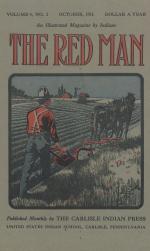
Doctor William E. Watt advocated for open air school work for Indian children, arguing that they receive a better education when in an open air schoolroom. Doctor Watt believed that cool, open air improved children’s focus and health; as opposed to hot, dead air used in school buildings. Another doctor, A. R. Allen wrote about the proper…
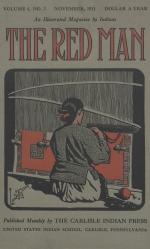
The first article, written by Charles T. Andrews, discussed Indian education in New York State. Andrews wrote that the state of Indian schools in New York had improved over the twentieth century. Superintendent Moses Friedman, in the next article, discussed the independence given to the students at Carlisle. T. B. LeSieur wrote about the…
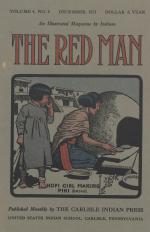
In the first article Pliny Earle Goddard, associate curator at the Museum of National History, discussed the different policies towards Indians in America and Canada. The next article, by Superintendent Moses Friedman, argued the importance of educating Indian students from Alaska. He examined the successes of former Carlisle students from…
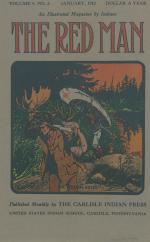
In the first article, Alexander F. Chamberlain discussed American Indians names for white settlers and their origins. He examined the different names given to white settlers from different native tribes. The next article, written by George W. Kellogg, was about the various successes of former Carlisle students. Dr. A. L. Kroeber wrote an…
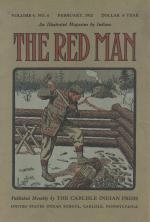
William B. Freer wrote about the second annual Southern Cheyenne and Arapaho Fair held in Watonga. He mentioned that between 2,000 and 2,500 Cheyenne and Arapaho attended the fair. Some of the events discussed were religious services; a lecture on tuberculosis and trachoma; and numerous exhibitions of livestock, produce, and farm practices. The…
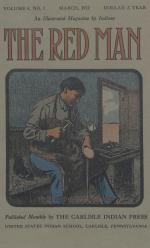
Alanson Skinner, of the American Museum of Natural History, discussed the history of the Menominee people beginning in 1634 when Jean Nicollet came upon the Menominee. The customs of the Menominee were also discussed. The next article, written by J. W. Reynolds gave examples of Indian farm work. Superintendent Moses Friedman discussed the…
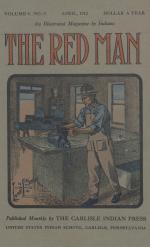
The first article, written by F. H. Abbott, covered the agricultural progress of Indians. Abbott believed that farming was more successful than congressional plights to keep Indian lands protected. Next, Thomas J. King Jr. wrote about the Sioux Fool Soldiers and the "Minnesota massacre." Laura S. Walker discussed a former Indian village called…
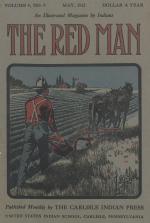
Moses Friedman wrote multiple articles on the 1912 commencement. He discussed baccalaureate services, the union meeting of Christian Associations, competitive military drills, the band concert, track and field sports, graduating exercises; and in another article, the guests at the commencement ceremony. George H. Utter, ex-governor of Rhode…
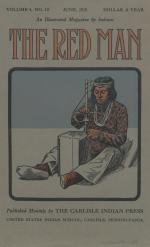
The first article, written by Edgar B. Meritt, discussed sanitary homes for Indians. Meritt argued that teepees, mud lodged, and hogans were unacceptable homes for Indians, and he put forth models which he believed should be built that would help with health, and industry. Charles Van Voorhis discussed the claim of the New York Cayugas against…
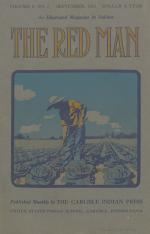
The first article, written by George P. Donehoo, discussed the “white plague” given to American Indians. Donehoo argued that the “white plague” was vices, such as alcohol that have devastated communities of Indians. Angus Nicholson, the author of the next article, wrote about the history of the Menominee, focusing on their lumber industry. In…
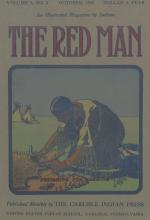
Orville J. Green, author of the first article, discussed the early history of the Mesquaki Indians (also known as Sac and Fox.) He covered the regional split between the Sac and Fox, their shared language and traditions, and the history of the nation in the 17th and 18th centuries. The next article, written by Arthur C. Parker, discussed the…
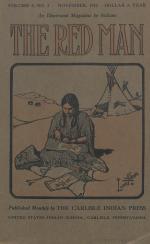
The first article, written by John W. Sanborn, director of the New York State Indian Exhibit, discussed his appreciation and interest in American Indians, stemming from his missionary work with the Seneca. Americus R. Allen, author of the next article, discussed an effective treatment for Tuberculosis glands. Orville J. Green discussed the…
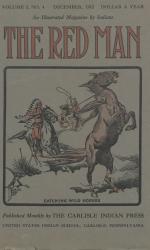
George Vaux Jr. discussed the living conditions amongst the Five Civilized Tribes of Oklahoma (the Cherokee, Creek, Seminole, Choctaw and Chickasaw Indians.) The next article is a poem entitled “The Man Who Wins”, written by Charles R. Barrett. F. H. Abbott, Commissioner of Indian Affairs and author of the next article, wrote about…
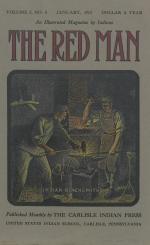
The first article, written by Frederick A. Woelflen, discussed the industrial progress of Northwest Indians. Harvey K. Meyer wrote about the Carlisle Indian School, and his belief that it trained Indian students for life. He referred to the amount of money made in instruction work, and the outing system. J. A. Gilfillan covered Ojibway Indian…
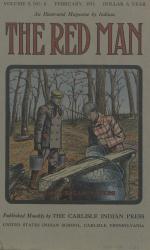
George P. Donehoo wrote the first article comparing Indians of the past to those of the future. The next article, written by E. L. Martin covered two Indian artists, Lone Star and his wife Angel De Cora and their art classes at the Carlisle Indian School. Estelle Armstrong, author of the next article, wrote about the tale of a dog, which…
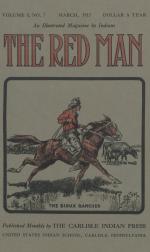
The Allegheny area, and its historical past with numerous Indian nations was discussed by George P. Donehoo in the first article. Next, in an article pulled from the Memphis Commercial Appeal, the importance of allowing Indians to receive an education was argued. W. A. Cook discussed the necessity for vocational training in Indian…
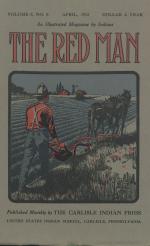
F. H. Abbott, the acting commissioner of Indian affairs and author of the first article, discussed the importance of the Carlisle Indian School for Indians, and his pride in the recent graduates. This article was delivered during commencement exercises. The next article, pulled from the Christian Science Monitor, discussed many of…
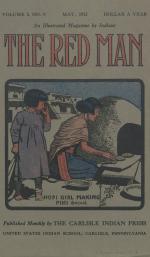
In this issue of The Red Man, the articles correlate to commencement addresses given at the 1913 graduation ceremony. Superintendent Moses Friedman, author of the first article, listed the different commencement exercises. Doctor Nehemiah Boynton gave the baccalaureate address and spoke of his wishes that the graduating students…
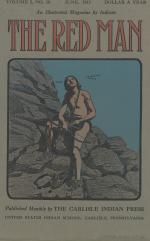
The first article, written by anthropologist Franz Boas, addressed origins of American Indians. Boaz posited that large number of physically, linguistically, and culturally distinct native groups pointed to an ancient history on the continent. He concluded that the indigenous peoples of North America were not closely related to or influenced by…
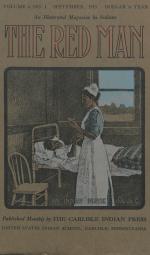
This issue of The Red Man begins with a story, written by George P. Donehoo, about Mary Jemison who was captured by Indians in 1755, but refused to return and chose to stay with them. The next article was a piece by Dana H. Kelsey, advising Indians to sell their excess land to farmer, rather than keeping them under lease. Dr. Frank G.…
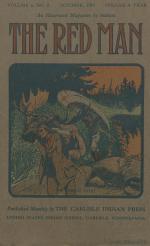
The opening article, written by L. C. Bateman gave a history of the Indian nations of Maine, as well as an update on present issues. In the next article, Harvey E. Taylor discussed the advancement Indians have made due to education and training. He remarked on the 514 graduates of the school as successful examples of Indian education efforts.…
